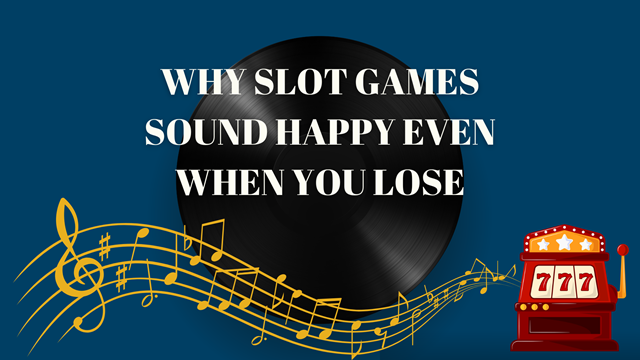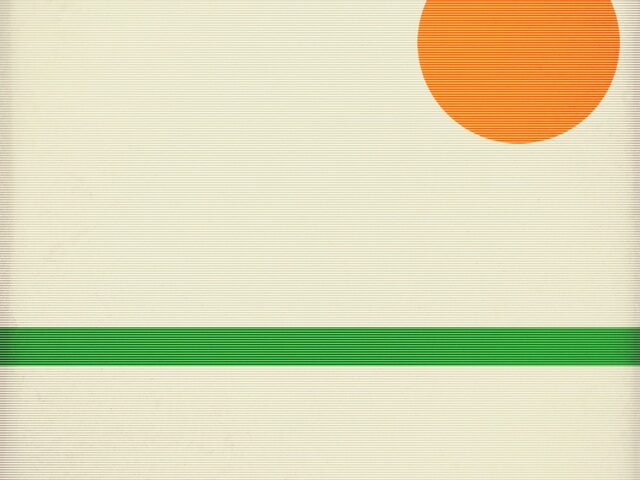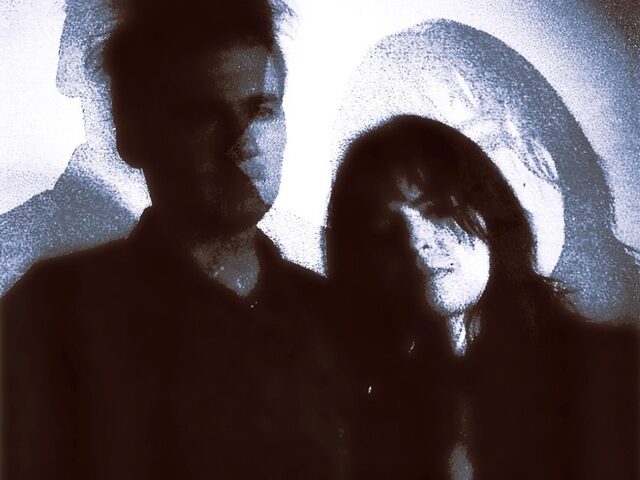When writing new music, there can be so many things to consider. But, if you want to make an impact, looking at how you create and release tension is key. Let’s take a look at a few ways you can do just this.
Rhythmic Texture
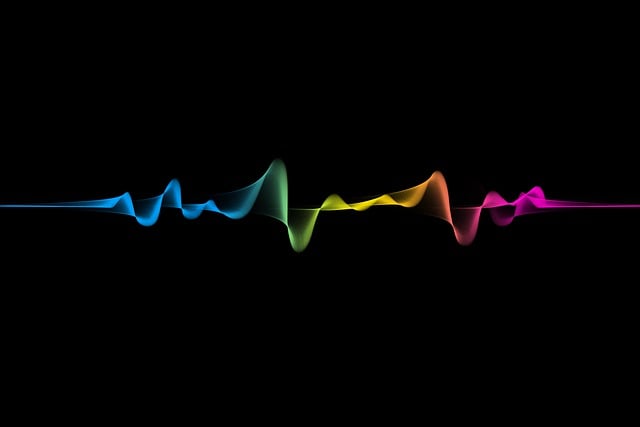
One way to create tension is to play with different rhythms, which can overlap to add texture to the music. This is a tried and tested technique that is often used to create suspense in other forms of entertainment, such as scoring films, TV, and online slot games. For example, when players try their hand at the slot online Temple Tumble, the score opens with overlapping frenzied strings, which immediately builds an action-packed atmosphere that reflects the setting of the game. Once gameplay begins, an echoing low-pitched drone takes over, which is overlaid by elements triggered by aspects of the gameplay. Here, both the extreme fast and slow rhythms create tension and suspense, making the gameplay more immersive.
This same logic, then, can be applied to songwriting. Switching between regular beat patterns and syncopated rhythms interrupts the regularity and normality of the beat to create interest. This can also be used to highlight or accent certain phrases within the lyrics to emphasize a particular message you want to get across to your audience. Conversely, the rhythm of the lyrics can contrast with the backing music for a similar effect. As these changes in rhythm are unexpected in the natural order, this allows composers to build tension, which can be released to emphasize certain phrases or sections of the song.
Harmonic Anticipation and Suspension
Traditional harmonies are what we would call ‘resolved’ in that they sound and feel correct. However, by playing around with the notes in a chord, this can add harmonic interest to create tension. Whilst traditional chords use the first, third, and fifth note of a scale, augmented, seven, nine, and suspended chords get more creative with the harmony, all of which can greatly affect the music. This is so much so that artists like Jimi Hendrix, Radiohead, Grateful Dead and Jeff Buckley have become synonymous with their signature chords.
Just consider Buckley’s Grace. With the unusual progression of G6 to A9, Cmaj7 to Dsus4add6 – the latter of which is entirely unique – this song creates a sense of ethereal mystery, whilst still uplifting. Whilst these chords can suspend and prolong the harmonic tension, you can also create anticipation by integrating the notes of the next chord before it is played, which can also add to the air of tension before immediately being resolved.
Creative Dynamics
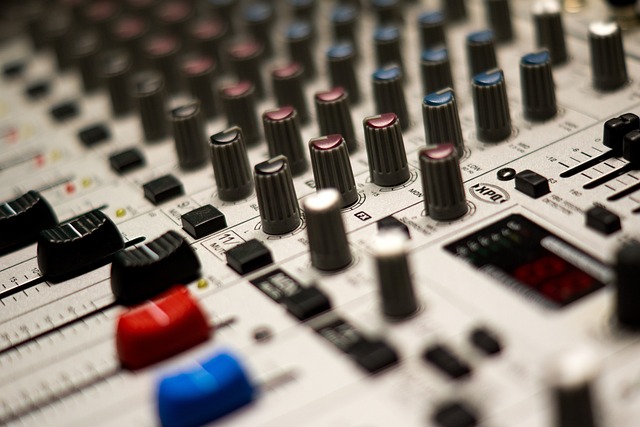
Varying the use of loudness and softness, especially in conjunction with one another, is a great consideration for creating and releasing tension. This is an essential element of drum and bass, rap, and EDM music particularly. A gradual crescendo builds tension, before it cuts out to complete silence. Then, the beat resumes to fulfill the crescendo and release the tension.
As you probably already know, this is known as the infamous beat drop. Perhaps one of the best EDM beat drops of all time is found in Skrillex’s Bangarang. Whilst the song has several beat drops throughout the composition, the largest is at 1:25. This beat drop is so extreme that it is designed to shake the speakers.
And there you have it — just a few techniques for creating and releasing tension in song composition. All that’s left to do is get creative, and see which ideas thematically work best with your vibe.


